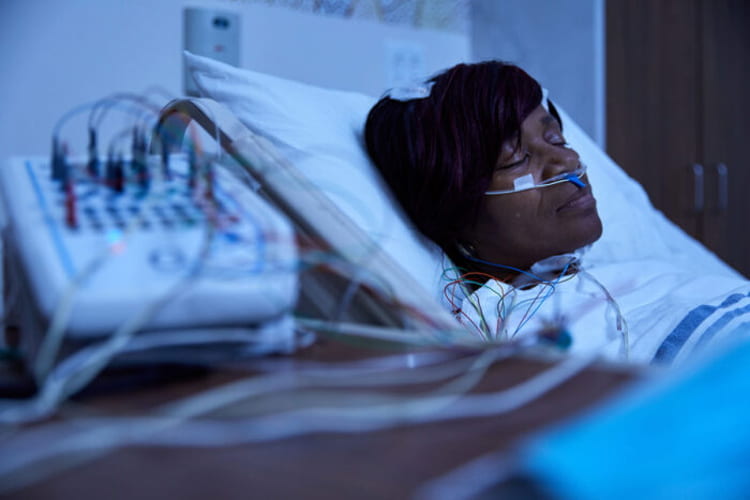People with rapid eye movement (REM) sleep behavior disorder act out their dreams. While sleeping safely in bed, for example, they might throw up their arms to catch an imaginary ball or try to run from an illusory assailant. Such actions are more than just a nuisance. People with the disorder have a 50% to 80% chance of developing a serious neurodegenerative disease within a decade of diagnosis.
An international team led by researchers at Washington University School of Medicine in St. Louis, Mayo Clinic in Rochester, Minn., and The Neuro (Montreal Neurological Institute-Hospital) of McGill University has received a five-year grant expected to total $35.1 million to develop biomarkers that indicate which people with the sleep disorder will go on to develop neurodegenerative diseases, which specific diseases, when symptoms will arise, and how quickly the diseases will progress. This grant — from the National Institute on Aging (NIA) and the National Institute of Neurological Disorders and Stroke (NINDS), both of the National Institutes of Health (NIH) — will help lay the groundwork for clinical trials focused on stopping the troublesome condition from progressing into a debilitating disease.
“The odds of people with REM sleep behavior disorder developing a neurodegenerative disease are pretty alarming, and currently there are no treatments to decrease that risk,” said Yo-El Ju, MD, a Washington University neurologist and co-principal investigator. “We have no way of predicting whether and how soon someone will develop one of these diseases or which one they will get. And we certainly don’t know how to prevent it.”
REM sleep behavior disorder is linked to Parkinson’s disease, a movement condition; dementia with Lewy bodies, which causes cognitive decline; and multiple system atrophy, in which the ability to regulate involuntary functions such as blood pressure, breathing, and bladder and bowel function deteriorates.
Normally, people are paralyzed during REM sleep, the phase of sleep in which dreaming occurs. Acting out dreams is an early sign that something in the brain is not functioning quite as it should. REM sleep behavior disorder is connected to diseases caused by an accumulation of abnormal clumps of the protein alpha-synuclein in the brain. Such clumps often coalesce early in the course of the diseases in a part of the brain that paralyzes the body during REM sleep. As that area becomes damaged, people start thrashing around as they dream.
